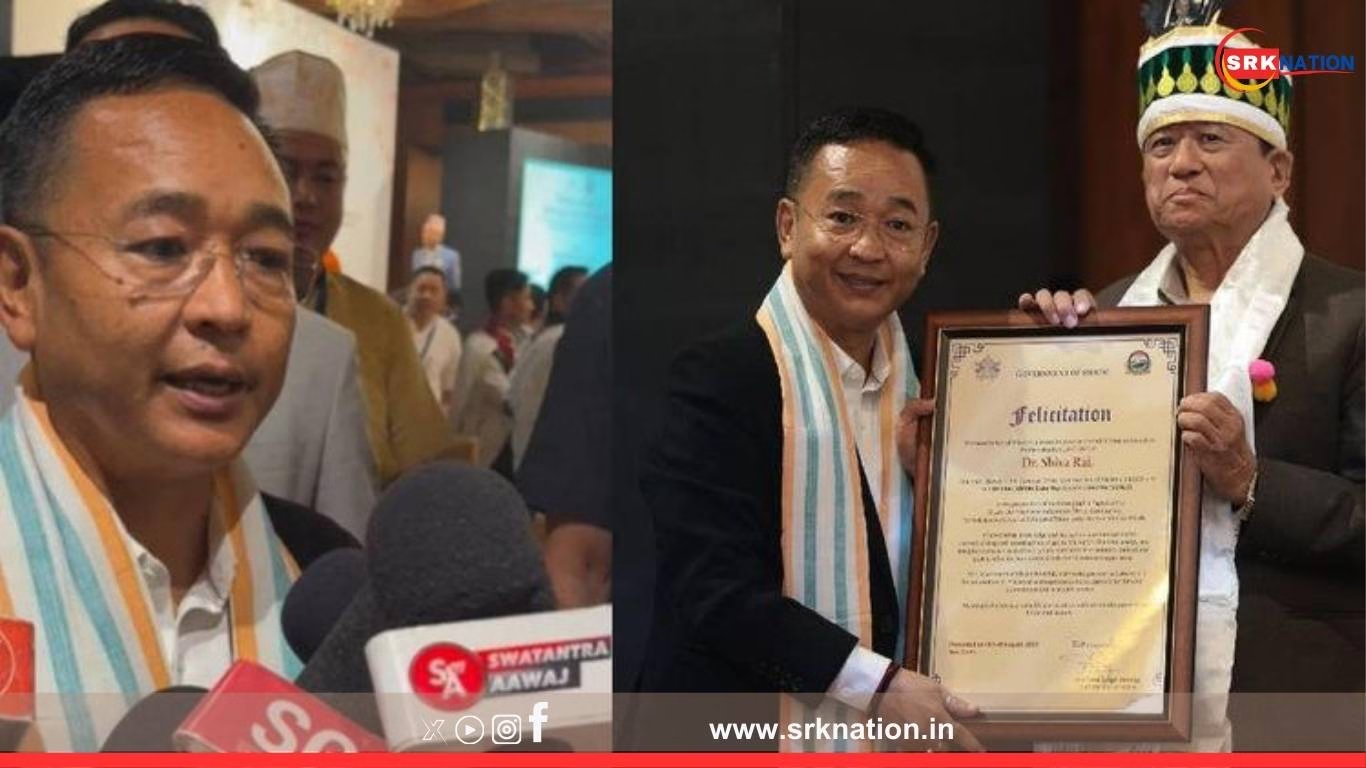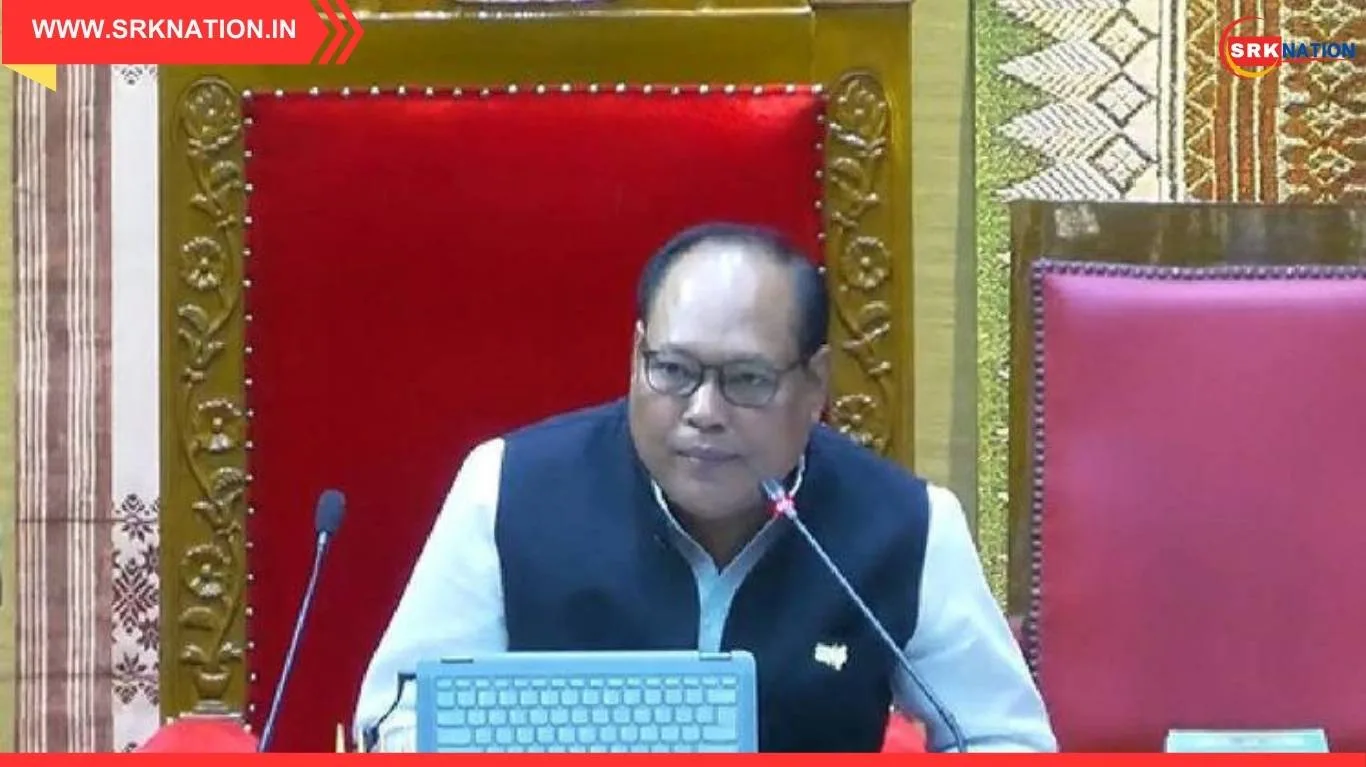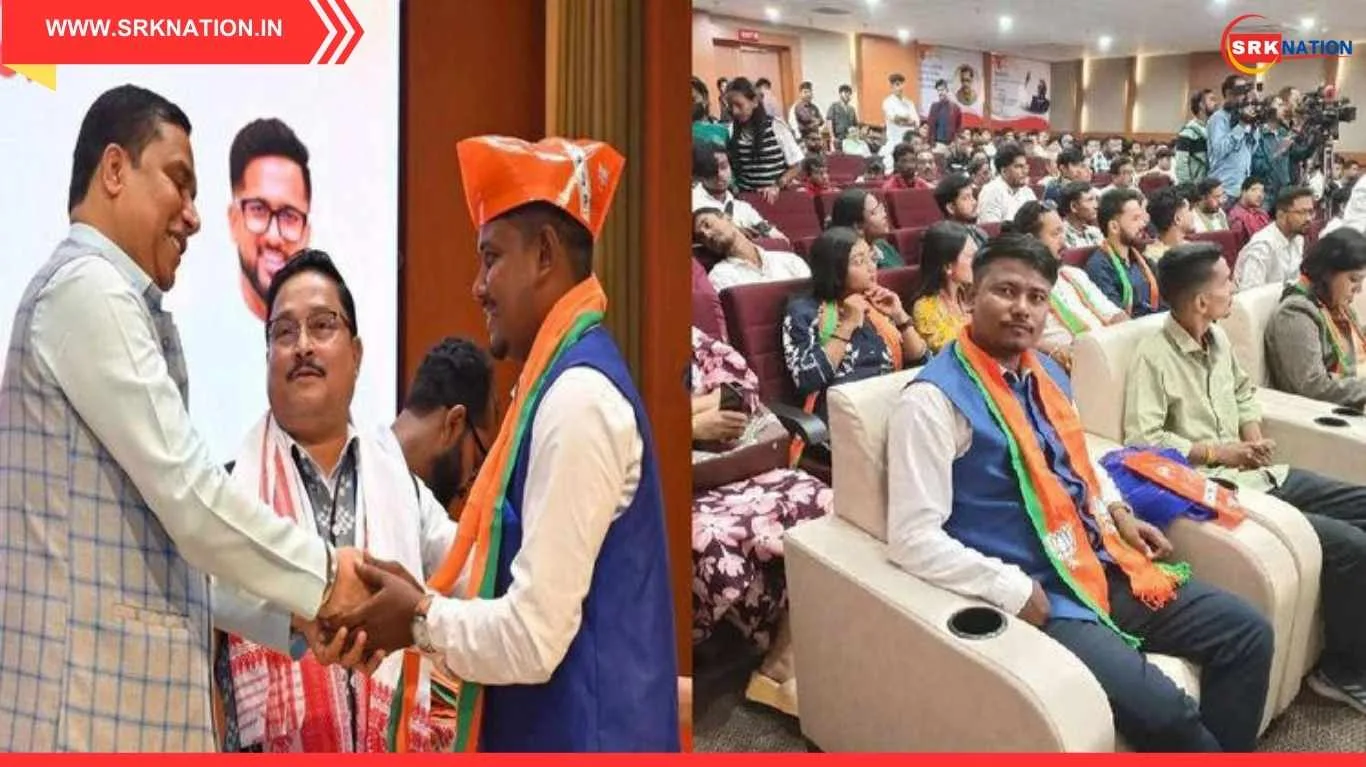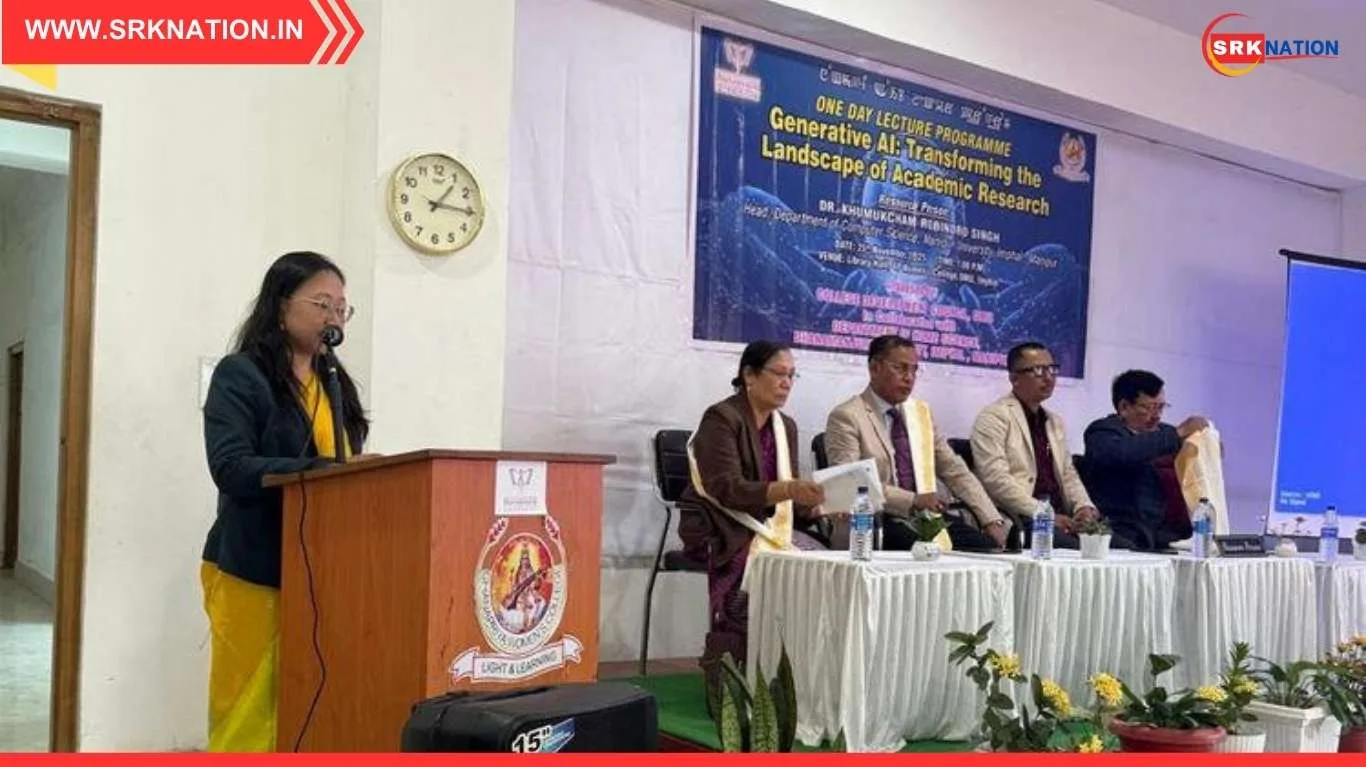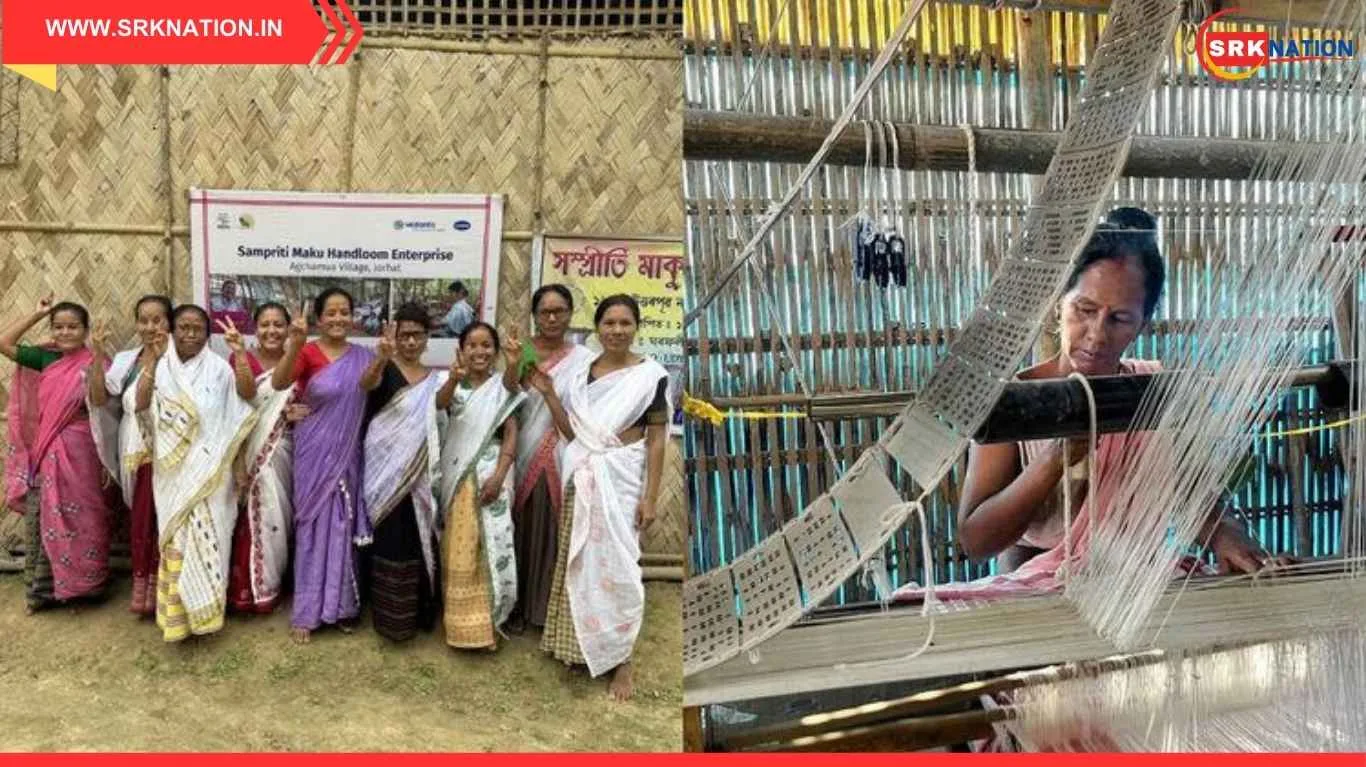In a landmark development for inclusive governance and social justice, Sikkim Chief Minister Prem Singh Tamang declared that the “correct process” has finally been adopted to secure tribal recognition for 12+1 historically excluded communities. The announcement came during a valedictory function in New Delhi, where the State High-Level Committee (SSHLC) formally submitted its final ethnographic reports to the central government, marking a pivotal moment in Sikkim’s decades-long struggle for tribal inclusion.
The comprehensive four-volume report, compiled after nine months of rigorous fieldwork, interviews, and community-level studies, recommends the inclusion of 12 left-out communities in the Scheduled Tribes (ST) list under the Constitution of India. The additional “+1” refers to the Majhi community, which has been grouped separately due to distinct ethnographic characteristics.
🏞️ Communities Seeking Recognition
The communities included in the demand are: Bhujel, Gurung, Jogi, Rai (Kirat Khambu), Kirat Dewan (Yakha), Khas (Chettri-Bahun), Mangar, Newar, Sanyasi, Sunuwar (Mukhia), Thami, and Majhi. These groups have long been advocating for constitutional recognition, which would grant them access to affirmative action, educational benefits, and political representation.
| Community Name | Ethnic Identity | Current Status | ST Inclusion Demand |
|---|---|---|---|
| Bhujel | Indigenous Himalayan | Not Recognized | Yes |
| Gurung | Tibeto-Burman | Not Recognized | Yes |
| Jogi | Spiritual Nomadic | Not Recognized | Yes |
| Rai (Kirat Khambu) | Kirati Ethnic Group | Not Recognized | Yes |
| Kirat Dewan (Yakha) | Kirati Ethnic Group | Not Recognized | Yes |
| Khas (Chettri-Bahun) | Indo-Aryan | Not Recognized | Yes |
| Mangar | Mongoloid | Not Recognized | Yes |
| Newar | Indo-Tibetan | Not Recognized | Yes |
| Sanyasi | Ascetic Lineage | Not Recognized | Yes |
| Sunuwar (Mukhia) | Kirati Ethnic Group | Not Recognized | Yes |
| Thami | Indigenous Himalayan | Not Recognized | Yes |
| Majhi | Riverine Community | Not Recognized | Yes |
🗣️ CM Tamang’s Statement: “No Mistake Could Happen This Time”
Addressing the gathering in New Delhi, CM Tamang emphasized the authenticity and scientific rigor of the report. “Earlier reports were rejected because they had flaws and were incomplete. But this time, our government prepared the report in the most authentic and scientific way. We involved scholars, officials, and representatives of all communities so that no mistake could happen,” he said.
He further asserted that the five criteria laid down by the Government of India for ST recognition—primitive traits, distinctive culture, geographical isolation, shyness of contact, and backwardness—were meticulously followed. “There should be no doubt now that these 12 communities deserve tribal recognition,” Tamang added.
📚 Ethnographic Research: A First-of-its-Kind Effort
The SSHLC’s report is being hailed as one of the most detailed ethnographic studies in Sikkim’s history. The committee conducted extensive field visits, community consultations, and cultural documentation to build a robust case for inclusion. The final submission includes anthropological profiles, linguistic studies, and socio-economic data that highlight the distinct tribal characteristics of each group.
| Research Component | Methodology Used | Duration | Outcome |
|---|---|---|---|
| Field Visits | On-ground surveys, interviews | 9 months | Cultural and social mapping |
| Community Consultations | Focus groups, oral histories | Multi-phase | Ethnographic validation |
| Documentation | Archival research, census data | Continuous | Four-volume report |
| Expert Review | Academic and policy vetting | Final phase | Submission to central government |
🏛️ Political and Social Implications
The inclusion of these communities in the ST list is expected to have far-reaching implications for Sikkim’s socio-political landscape. For decades, the lack of recognition has been viewed as a denial of constitutional justice and a barrier to equitable development. The move is also seen as a step toward Sikkim’s broader aspiration to be recognized as a Tribal State.
Jacob Khaling, Political Secretary to the CM, noted, “Today’s submission marks the completion of our responsibility at the state level. The committee has compiled all the necessary details. Now it is up to the central government to act.”
📊 Comparative Overview: Recognized vs. Left-Out Communities
| Category | Recognized ST Communities | Left-Out Communities (12+1) |
|---|---|---|
| Access to ST Benefits | Yes | No |
| Representation in Assembly | Reserved Seats | No Reserved Seats |
| Educational Quotas | Available | Not Available |
| Economic Upliftment Schemes | Eligible | Not Eligible |
| Cultural Protection | Constitutional Safeguards | No Safeguards |
🌐 Community Reactions and Public Sentiment
The announcement has sparked emotional responses across Sikkim. Community leaders, youth organizations, and civil society groups have welcomed the move, calling it a long-overdue correction of historical injustice. Social media platforms are flooded with messages of gratitude and hope, with hashtags like #TribalJusticeForSikkim and #12Plus1Recognition trending across the region.
Local leaders from the Bhujel and Sunuwar communities expressed optimism, stating that the recognition would help preserve their cultural heritage and improve access to education and employment.
🧭 What Comes Next?
With the report now in the hands of the central government, the next step involves parliamentary approval and constitutional amendment to officially include the 12+1 communities in the ST list. Experts suggest that the process could take several months, depending on legislative priorities and political consensus.
CM Tamang has assured that the state government will continue to engage with the Centre to expedite the process. “We have done our part. Now we urge the central government to act swiftly and honor the aspirations of our people,” he said.
🧠 Historical Context: A Long Road to Recognition
The demand for tribal recognition dates back several decades. Previous governments had submitted reports, but they were often rejected due to technical flaws or lack of comprehensive data. The current submission is being seen as a culmination of years of struggle, advocacy, and grassroots mobilization.
| Year | Milestone Event | Outcome |
|---|---|---|
| 1990s | Initial demands raised by community groups | No formal action taken |
| Early 2000s | First reports submitted | Rejected due to errors |
| 2010s | Renewed advocacy and protests | Political attention gained |
| 2024 | SSHLC formed by CM Tamang’s government | Ethnographic study launched |
| 2025 | Final report submitted to Centre | Awaiting central approval |
🧭 Conclusion: A Defining Moment for Sikkim
The submission of the final ethnographic report and the Chief Minister’s declaration of procedural correctness mark a defining moment in Sikkim’s journey toward inclusive development. If accepted by the Centre, the inclusion of these 12+1 communities will not only reshape the state’s demographic profile but also serve as a model for participatory governance and ethnographic rigor.
As Sikkim awaits the Centre’s response, the people of the state stand united in their hope for justice, recognition, and a future built on equality.
—
Disclaimer: This article is based on publicly available statements and ethnographic submissions. It is intended for informational purposes only and does not reflect any political endorsement or institutional bias.







